Gender: Male - Starting with H
Hayes, Morris Kevin
 Morris Hayes
Morris Hayes
Haynes, George Edmund
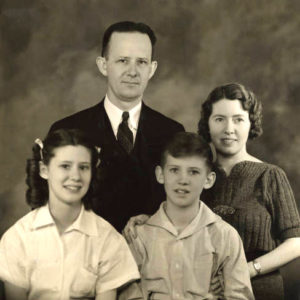 Hays Family
Hays Family
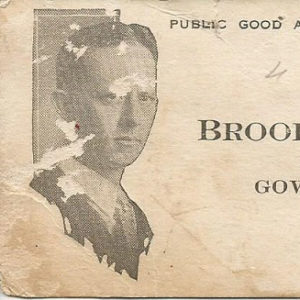 Brooks Hays Card
Brooks Hays Card
 George Hays
George Hays
Hays, George Washington
Hays, Lawrence Brooks
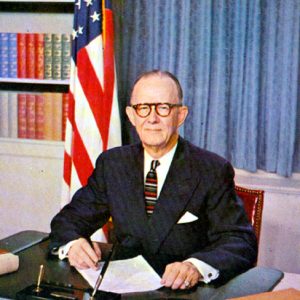 Lawrence Brooks Hays
Lawrence Brooks Hays
Hays, Lee Elhardt
Hays, Marion Steele
Hays, Skip
aka: Donald Slaven Hays
Hearn, May (Lynching of)
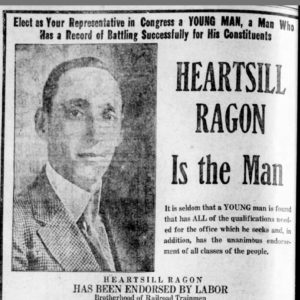 Heartsill Campaign Ad
Heartsill Campaign Ad
Heartsill, Willie Blount Wright (W. B. W.)
 Heaven’s Window
Heaven’s Window
Heckaton
Heerwagen, Paul Martin
Heiskell, John Netherland
aka: J. N. Heiskell
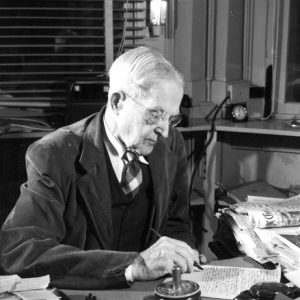 J. N. Heiskell
J. N. Heiskell
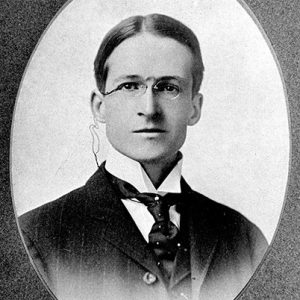 J. N. Heiskell
J. N. Heiskell
Helena to Alligator Bayou, Scouts from
Helena to Arkansas Post, Expedition from
Helena to Buck Island in the Mississippi, Expedition from
Helena to Clarke’s Store, Scout from
Helena to Coldwater, Mississippi, Expedition from
Helena to Friar’s Point, Mississippi, Expedition from
Helena to Grenada, Mississippi, Expedition from
Helena to Harbert’s Plantation, Expeditions from
Helena to Kent’s Landing, Expedition from
Helena to Mount Vernon, Scout from
Helena up the St. Francis River, Expedition from
Helena, Expeditions from (July 1862)
aka: Expedition from Helena to Marianna (July 24–26, 1862)
aka: Expedition from Helena to Old Town and Trenton (July 28–31, 1862)
Helena, Expeditions from (September 26, 1862)
aka: Expedition from Helena to Jeffersonville and Marianna
aka: Expedition from Helena to LaGrange
Hellom (Lynching of)
 Levon Helm
Levon Helm
Helm, Levon
aka: Mark Lavon Helm
Helton, Kit (Execution of)
Hembree, Lathe (Execution of)
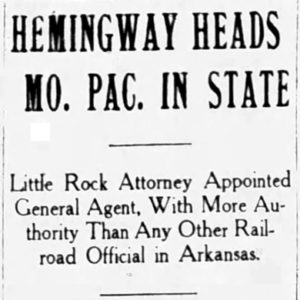 Hemingway Railroad Article
Hemingway Railroad Article
Hemingway, Wilson Edwin
Hempstead, Fay
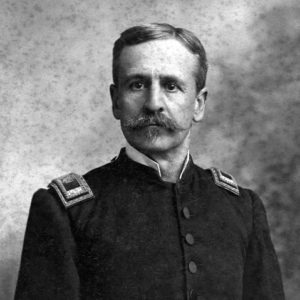 Fay Hempstead
Fay Hempstead
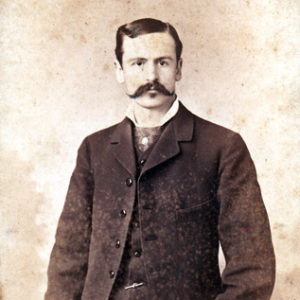 Fay Hempstead
Fay Hempstead
 Fay Hempstead
Fay Hempstead
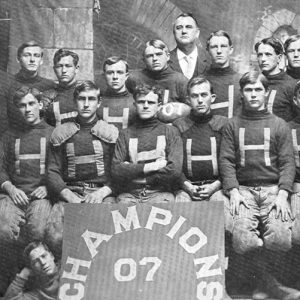 Henderson College Team, 1907
Henderson College Team, 1907
Henderson, Charles Christopher
Henderson, Jeffrey Todd (Jeff)
 Jeff Henderson
Jeff Henderson




